Though sources are scant, some claim that the true story of the Muffin Man has to do with a vicious 16th-century serial killer.
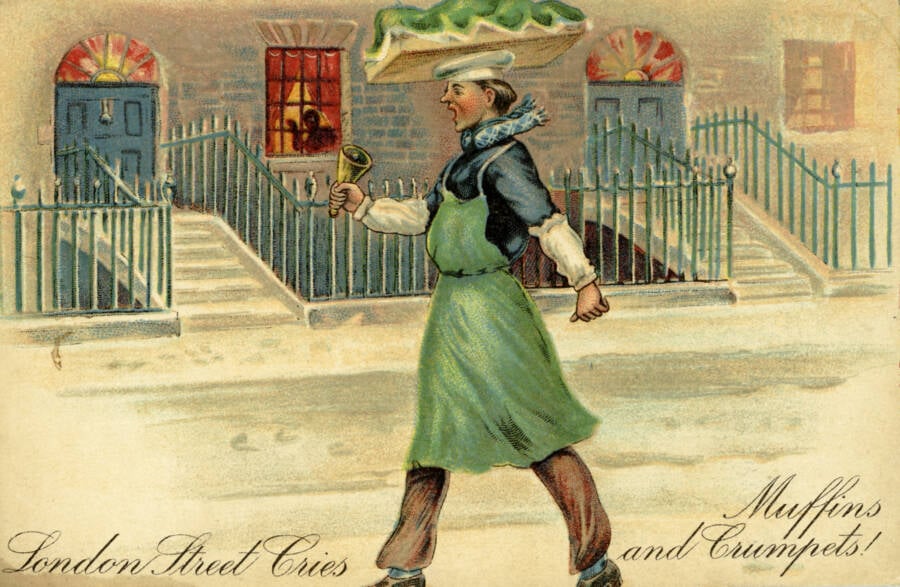
Culture Club/Bridgeman via Getty ImagesThis depiction of a baker’s boy selling muffins and crumpets looks perfectly innocent, but the true story of the Muffin Man is allegedly much darker.
We’ve all heard the rhyme: Do you know the muffin man/The muffin man, the muffin man?/Do you know the muffin man/Who lives on Drury Lane? But some claim that the true story of the Muffin Man is a sinister one. They contend that he was a serial killer in 16th-century London.
Indeed, some sources insist that the Muffin Man was not an innocuous figure from a children’s song, but a prolific murderer named Frederick Thomas Lynwood. Lynwood allegedly lured in victims by pulling a muffin down the road on a string, thus his moniker as the Muffin Man.
It’s certainly true that some beloved nursery rhymes have dark origins. But is the Muffin Man story one of them?
Who Is The Muffin Man?
As the Museum of London notes, the “Muffin Man” was first written down in 1820. It’s a call-and-response rhyme, with someone asking “Do you know the muffin man?” and someone else replying “Yes I know the muffin man.”
As the museum explains, Londoners in the 19th century often bought food from street sellers. They worked long days — up to 12 hours — and often lacked kitchens at home. Rather than try to cook over an open fire, some opted to pick up a meal from one of the city’s many vendors.
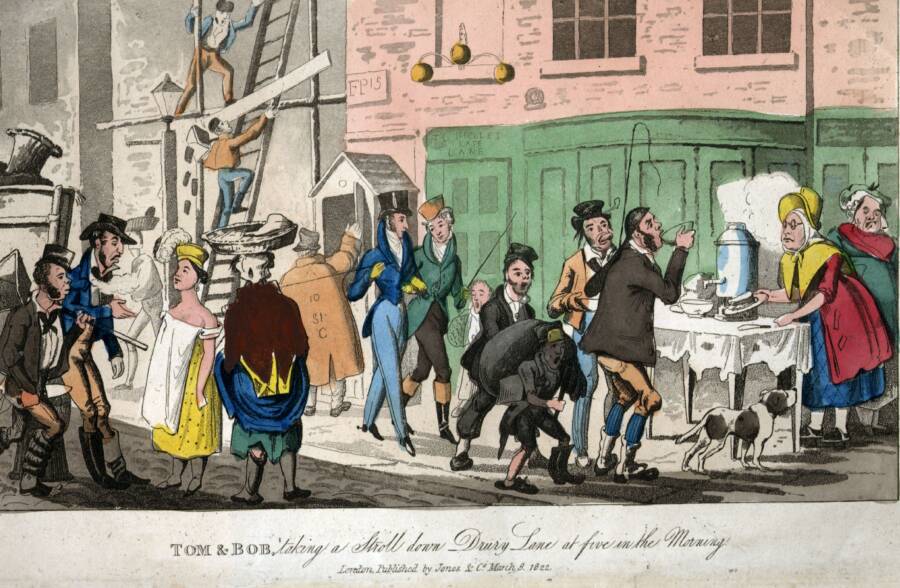
Hulton Archive/Getty ImagesVendors on Drury Lane in London, where the Muffin Man also sells his wares. 1822.
Alongside muffins, Londoners might have picked up a meal from a selection of vendors selling fish, eels, soups, baked potatoes, and meat pies.
But the alleged “true” story of the Muffin Man suggests that hundreds of years earlier, one of these vendors was a serial killer named Frederick Thomas Lynwood. Lynwood purportedly killed more than a dozen people — including children — by luring them to their deaths with muffins.
The ‘True’ Story Of The Muffin Man
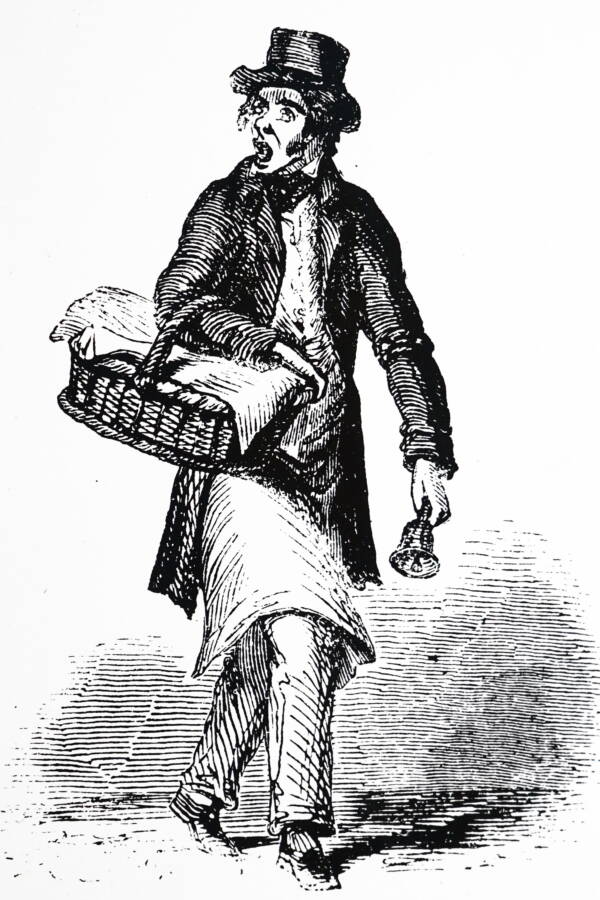
Universal History Archive/Universal Images Group via Getty ImagesSome claim that the Muffin Man was based on a killer named Frederick Thomas Lynwood.
Though the original rhyme doesn’t provide many details, some claim that the true story of the Muffin Man has to do with a 16th-century serial killer. In this version of the story, Frederick Thomas Lynwood was a pastry chef who killed a number of his rivals and more than a dozen children.
He was allegedly dubbed the “Drury Lane Dicer.” And some say that Lynwood was England’s earliest documented serial killer.
This version of the Muffin Man story, which has appeared on TikTok and Uncyclopedia, a parody of Wikipedia, contends that Lynwood would tie a muffin to a string to lure in his victims. Once they got close enough, he would beat them with a wooden spoon and kill them.
“[T]he children’s song,” claimed a TikToker named Jack Williamson in 2021, “was made to warn small children and to help small children identify his M.O. so that they can report him to authorities.”
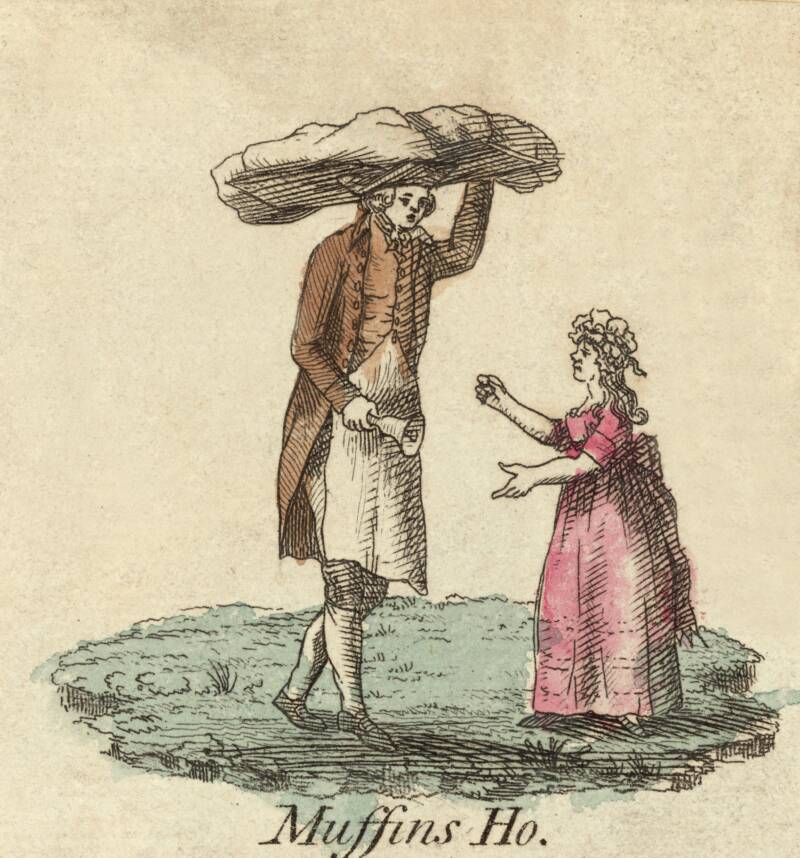
Hulton Archive/Getty ImagesA 19th-century depiction of the Muffin Man speaking to a customer.
According to this version of the Muffin Man story, Lynwood was never caught by the police. Instead, he died around 1612 after choking on a dumpling.
It’s an interesting story, and it certainly adds a dark twist to the Muffin Man rhyme. But is any of it true?
Was The Muffin Man Really A Serial Killer?

Public DomainSheet music for the Muffin Man rhyme from 1889.
Does the true story of the Muffin Man really include murder by muffin? According to Snopes, the answer is no.
Though there is a Drury Lane in London, there’s no evidence that it was once stalked by a murderous muffin seller named Frederick Thomas Lynwood. In fact, there’s nothing to suggest that Lynwood existed at all. And there’s certainly nothing to suggest that he was the city’s first known serial killer.
That title belongs to Mary Ann Cotton, who killed 11 of her children and three of her husbands in order to collect insurance payments.
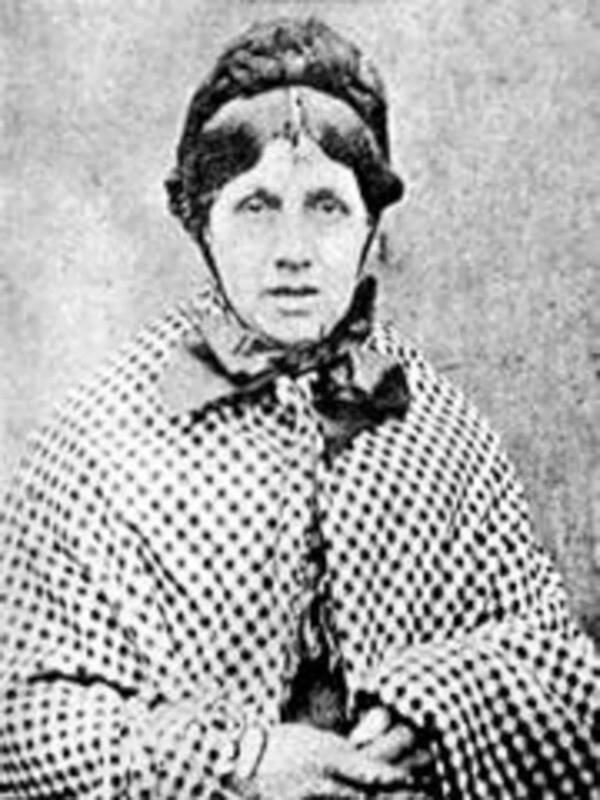
Public DomainMary Ann Cotton may have killed as many as 20 people, including many of her children and husbands, and was executed in 1873.
There are some parallels between the killer Muffin Man and London’s most infamous serial killer, however. As Snopes notes, the rhyme sometimes substitutes “Drury Lane” for “Dorset Lane,” another real street in London.
There, in 1888, Jack the Ripper killed his last known victim, Mary Jane Kelly. Unlike the Muffin Man, though, Jack the Ripper was a very real serial killer who gruesomely murdered at least five women in Victorian England.
Thus, given the dubious provenance of the Muffin Man claims, the true story of the Muffin Man can be difficult to prove. Maybe he was simply a man who sold muffins and other pastries. But maybe his true identity and dark deeds have been lost to time.
If so, then the answer to the question “Do you know the muffin man” is no. We can only speculate over whether or not he was an innocent food vendor — or a vicious serial killer.
After reading about the true story of the Muffin Man, discover the true story behind Bloody Mary, the creepy game that kids have long played at sleepovers. Or, learn about the true story behind the film Cocaine Bear.





